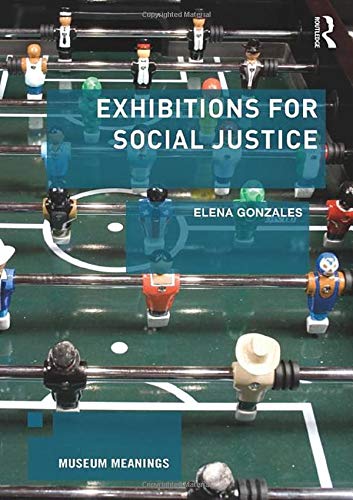

Most ebook files are in PDF format, so you can easily read them using various software such as Foxit Reader or directly on the Google Chrome browser.
Some ebook files are released by publishers in other formats such as .awz, .mobi, .epub, .fb2, etc. You may need to install specific software to read these formats on mobile/PC, such as Calibre.
Please read the tutorial at this link. https://ebooknice.com/page/post?id=faq
We offer FREE conversion to the popular formats you request; however, this may take some time. Therefore, right after payment, please email us, and we will try to provide the service as quickly as possible.
For some exceptional file formats or broken links (if any), please refrain from opening any disputes. Instead, email us first, and we will try to assist within a maximum of 6 hours.
EbookNice Team

Status:
Available4.4
39 reviewsExhibitions for Social Justice assesses the state of curatorial work for social justice in the Americas and Europe today. Analyzing best practices and new curatorial work to support all those working on exhibitions, Gonzales expounds curatorial practices that lie at the nexus of contemporary museology and neurology. From sharing authority, to inspiring action and building solidarity, the book demonstrates how curators can make the most of visitors’ physical and mental experience of exhibitions.
Drawing on ethnographic and archival work at over twenty institutions with nearly eighty museum professionals, as well as scholarship in the public humanities, visual culture, cultural studies, memory studies, and brain science, this project steps back from the detailed institutional histories of how exhibitions come to be. Instead, it builds a set of curatorial practices by examining the work behind the finished product in the gallery.
Demonstrating that museums have the power to help our society become more hospitable, equitable, and sustainable, Exhibitions for Social Justice will be of interest to scholars and students of museum and heritage studies, gallery studies, arts and heritage management, and politics. It will also be valuable reading for museum professionals and anyone else working with exhibitions who is looking for guidance on how to ensure their work attains maximum impact.